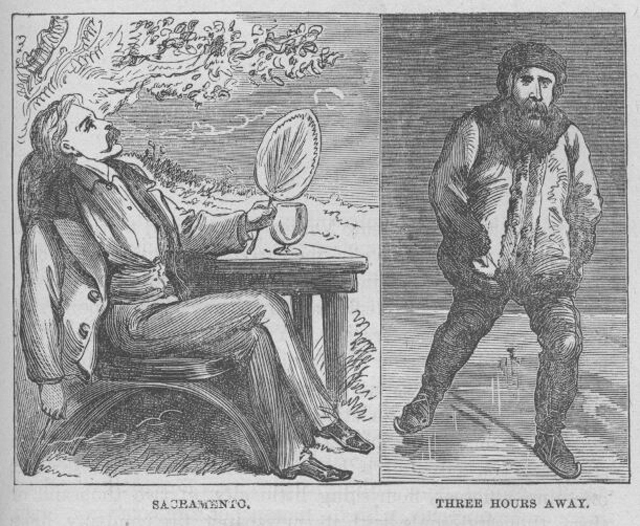Getting ready for ten days in New Mexico and Arizona in October. The first in at least three sweeps through the Southwest.
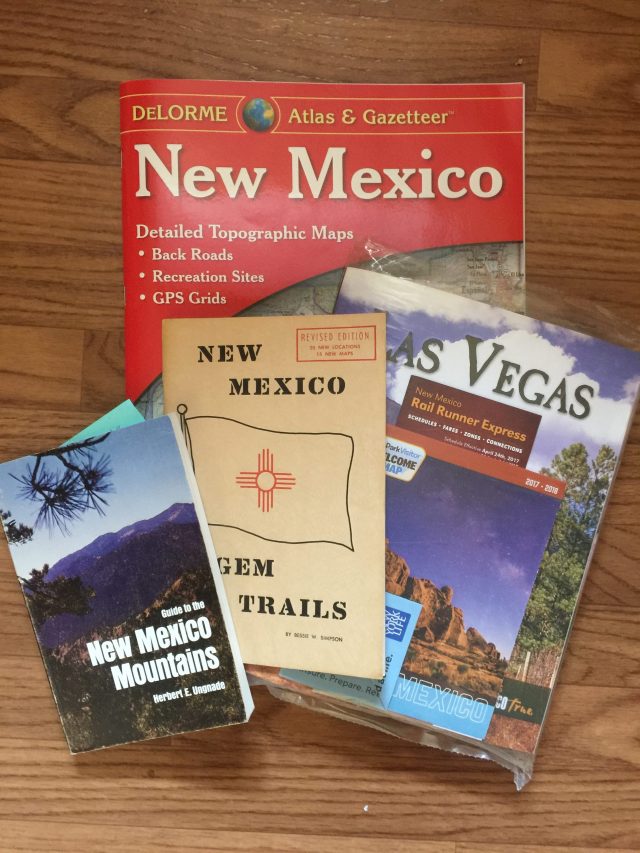

Rockhounding, Writing, Wandering
Getting ready for ten days in New Mexico and Arizona in October. The first in at least three sweeps through the Southwest.

Gold prospectors should be open to collecting other things besides that shiny yellow metal. Are their gemstones at your feet?
My second Rock&Gem article was on chalcedony. (external link). I focused on the Gemfield Gem claims outside of Goldfield, Nevada. To someone not acquainted with lapidary, it might seem that the ground holds nothing but rocks with streaks and swirls of color. How could these be gemstones? It’s all in the process.
The upper left rock is what we call rough. It is exactly that, raw rock. That rough is first cut into 1/4 inch pieces which we call slabs. These flat pieces can be wetted down with a spray bottle or soaked in water, to give the cutter an idea how the rock may look when polished.
After slabbing, a metal template is run over the slab, moved around until the cutter finds a pattern he or she thinks best. An aluminum pencil is used to outline the chosen circle or shape.
The selected area is then cut out of the slab using a rock saw. Finally, a cabochon is fashioned using a grinding and polishing machine. This link shows what these machines look like: http://www.diamondpacific.com/main%20machines.html (external link).
This rough to refined process is entirely similar for turquoise, moonstone, amber and countless other gemstones. So, the next time you are out gold hunting, look for any unusual rocks with colorful markings. Your local rock and gem club will have advice on how to work your stones. They may even have a workshop in which you can learn to saw rocks and make cabochons. Here’s a place to start: http://www.amfed.org/club.htm (external link).
Click on the image below for a full size picture.
Wildlife is so elusive in the desert. Is there another way to experience them? How about making plaster casts of their tracks?
It would seem impossible to make casts from desert sand. The best casts are always done on moist soils, like those at the edge of a creek or a pond. But what if we add a fixative? Like hair spray or silicone spray to the tracks before doling out the Plaster of Paris? I haven’t tried this but I want to.
While traveling the Mojave National Preserve, I noticed animal crossing signs along the highway at irregular intervals. Even a flashing light sign alerting people to the presence of desert tortoises.
I stopped at one animal crossing sign and was delighted to find dozens of tracks nearby. This suggests not only animals but water nearby. The next time I visit I’ll spend more time investigating.
Concentrating on marked areas like this makes more sense than blindly wandering the desert, hoping to find tracks.
I find it very difficult to identify tracks with pictures in books. I am thinking a cast collection would make it easier to identify them later on, when I could take them to people in the know. Always something more to do!
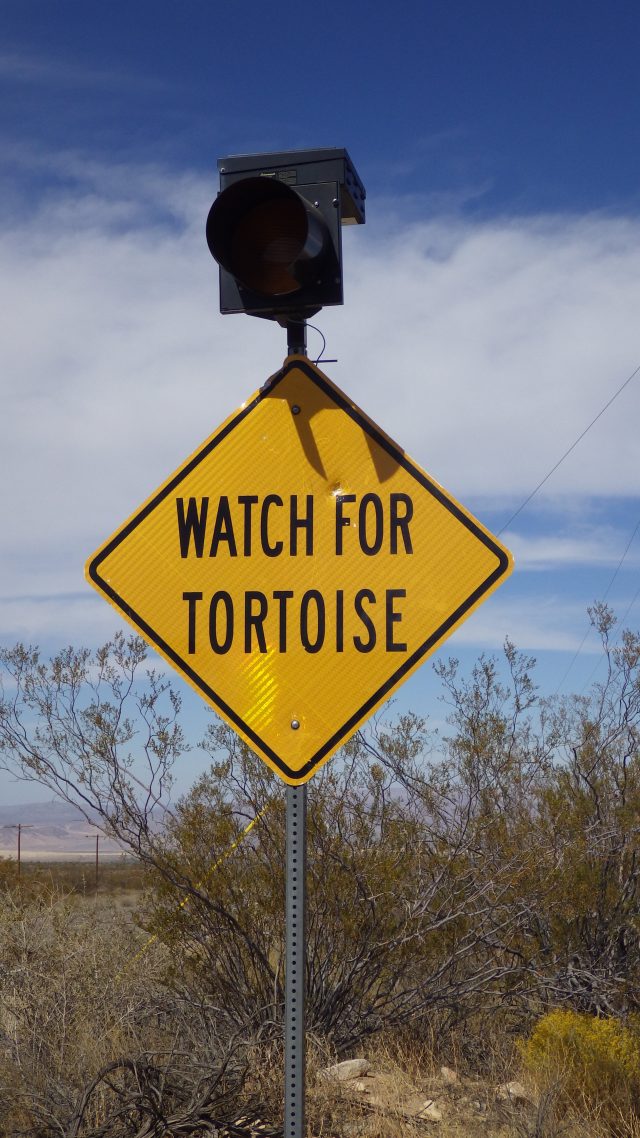

Dendritic markings on sandstone.
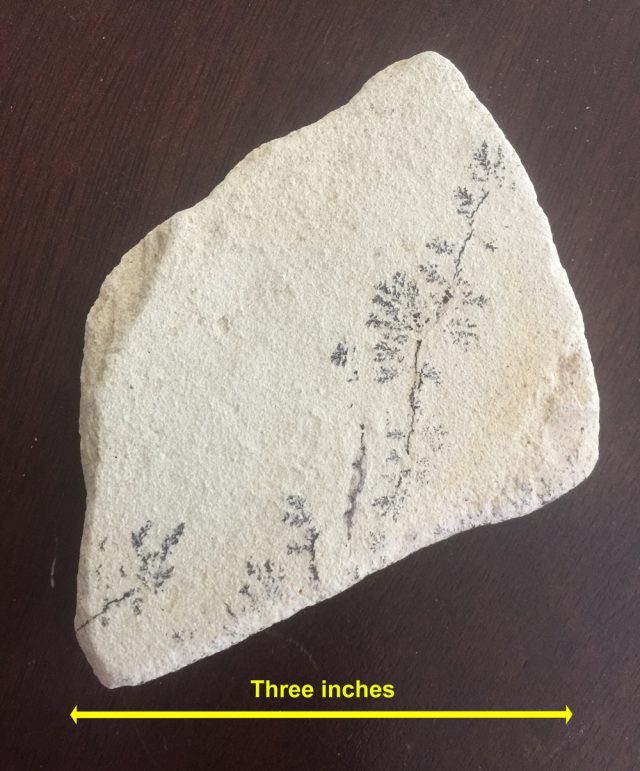
Yes, collecting in the hills near Barstow in the Mojave Desert in late July. This family is enjoying themselves. Our group of thirty called it a day at noon. Good times.
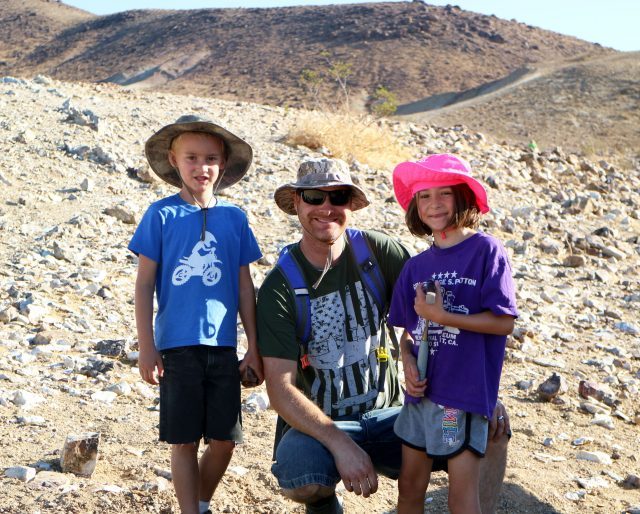
Roughing It, written in 1872 by Mark Twain. Quotes collected from a course at Wilderness.Net.
“Hurry was the word! We wasted no time. Our party consisted of four persons–a blacksmith sixty years of age, two young lawyers, and myself. We bought a wagon and two miserable old horses. We put eighteen hundred pounds of provisions and mining-tools in the wagon and drove out of Carson on a chilly December afternoon.”
“We named the mine ‘Monarch of the Mountains’ (modesty of nomenclature is not a prominent feature in the mines).”
“Prospecting parties swarmed out of town with the first flush of dawn, and swarmed in again at nightfall laden with spoil–rocks. Nothing but rocks. Every man’s pockets were full of them; the floor of his cabin was littered with them; they were disposed in labeled rows on his shelves.”
“I had already learned how hard and long and dismal a task it is to burrow down into the bowels of the earth and get out the coveted ore; and now I learned that the burrowing was only half the work; and that to get the silver out of the ore was the dreary and laborious other half of it.”
“One assayer got such rich results out of all specimens brought to him that in time he acquired almost a monopoly of the business. They broke a little fragment off a carpenter’s grindstone and got a stranger to take it to the popular scientist and get it assayed. In the course of an hour the result came–whereby it appeared that a ton of that rock would yield $1,184.40 in silver and $366.36 in gold! Due publication of the whole matter was made in the paper, and the popular assayer left town ‘between two days.'”
“There never was any idle time in that mill. There was always something to do. It is a pity that Adam could not have gone straight out of Eden into a quartz mill, in order to understand the full force of his doom to ‘earn his bread by the sweat of his brow.'”
“It was a driving, vigorous, restless population in those days. It was a curious population. It was the only population of the kind that the world has ever seen gathered together, and it is not likely that the world will ever see its like again. For observe, it was an assemblage of two hundred thousand young men—not simpering, dainty, kid-gloved weaklings, but stalwart, muscular, dauntless young braves, brimful of push and energy, and royally endowed with every attribute that goes to make up a peerless and magnificent manhood—the very pick and choice of the world’s glorious ones. No women, no children, no gray and stooping veterans,—none but erect, bright-eyed, quick-moving, strong-handed young giants—the strangest population, the finest population, the most gallant host that ever trooped down the startled solitudes of an unpeopled land. And where are they now? Scattered to the ends of the earth—or prematurely aged and decrepit—or shot or stabbed in street affrays—or dead of disappointed hopes and broken hearts—all gone, or nearly all—victims devoted upon the altar of the golden calf—the noblest holocaust that ever wafted its sacrificial incense heavenward. It is pitiful to think upon.”
– Mark Twain, Roughing It (1872)
“It takes a gold mine to operate a silver mine.”
– Mark Twain
As someone born in Sacramento, California, and who has hiked the Sierra Nevada, I can appreciate Twain’s comments on the difference that only 6,000 feet of elevation and seventy-five miles can make. This was also written in 1872.
“There is a transition for you! Where will you find another like it in the Western hemisphere? And some of us have swept around snow-walled curves of the Pacific Railroad in that vicinity, six thousand feet above the sea, and looked down as the birds do, upon the deathless Summer of the Sacramento Valley, with its fruitful fields, its feathery foliage, its silver streams, all slumbering in the mellow haze of its enchanted atmosphere, and all infinitely softened and spiritualized by distance—a dreamy, exquisite glimpse of fairyland, made all the more charming and striking that it was caught through a forbidden gateway of ice and snow, and savage crags and precipices.”
